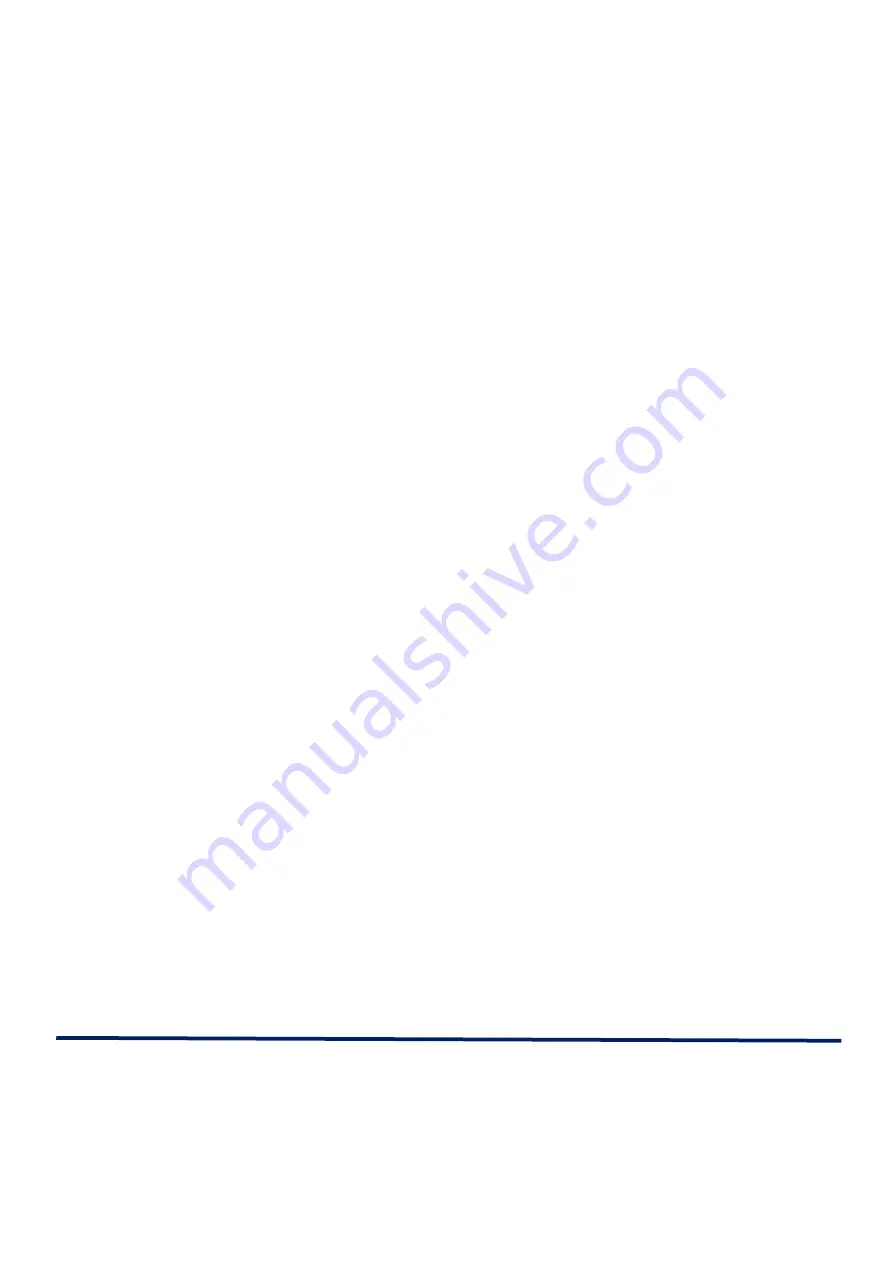
23
5. Collate pages
This is extremely useful if capturing a large number of pages in a document
where the left and right pages together are larger than A4 (or letter paper
size) and you wish to capture at A4 camera height for maximum accuracy.
You can capture all the pages on one side of your document, followed by
all the pages on the other side, before using Collate pages to knit them
back together in the correct order.
The purpose of this is to save time by not having to slide your document
around underneath the camera to change it from the left to the right-hand
page each time.
6. Delete pages
This allows you to remove pages from your document.
7. Rotate pages
For users with a screen connected, you can manually rotate your captured
documents in 90-degree increments. This is useful if the document you
wish to photograph has no text and therefore cannot be rotated
automatically (photographs for example).
8. Split book pages
Attempts to split the pages you select into both a left and a right page. This
helps to match page numbers of books and magazines to their originals.
This option can also be set at capture time, in your chosen Recognition
profile. To adjust Recognition profile settings, please “Recognition profiles”
9. Recognise pages
This allows the selected pages to be recognised. Recognising a page for a
second time, (especially after rotation or split book pages has been applied)
can yield different text results.






























